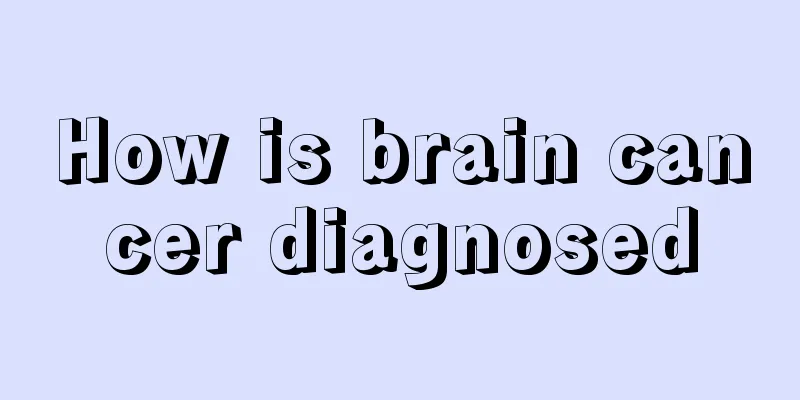What are the sequelae of cerebral infarction?

|
Cerebral infarction is a common disease, especially among middle-aged and elderly people. Therefore, it is necessary to pay attention to correct treatment to avoid causing more sequelae, including common sequelae such as language disorders, facial paralysis, and hemiplegia. 1. Central paralysis is mainly manifested by increased muscle tone, hyperreflexia of tendons, pathological reflexes, and spastic paralysis. Because the brain's nerve innervation is crossed, that is, the left side of the cranial nerve tissue controls the limb activities on the right side; the right side of the cranial nerve tissue controls the limb activities on the left side. When a blood vessel in one cerebral hemisphere is blocked or bleeds, the brain tissue in that area is damaged. 2. Peripheral paralysis is characterized by decreased muscle tone, weakened or absent reflexes, accompanied by muscle atrophy, but no pathological reflexes. 3. A crooked mouth and slanted eyes are manifested by shallow nasolabial grooves, drooping corners of the mouth, and exposed teeth. When puffing the cheeks and whistling, the corners of the mouth tilt toward the healthy side and drool, which is more obvious when talking. 4. Numbness is a common sequelae of cerebral infarction, manifested as a crawling sensation or a tingling sensation in the affected limbs, especially the extremities, such as fingers or toes, or the cheek skin on the hemiplegic side, or a slow response to stimulation. 5. Hemiplegia, also known as half-body paralysis, refers to the movement disorder of the upper and lower limbs, facial muscles and lower part of the tongue muscles on one side. It is a common symptom of acute cerebrovascular disease and a common sequela of cerebral stroke. For patients with sequelae of stroke, receiving treatment in a hemiplegia rehabilitation hospital is the key to recovering lost functions. 6. Aphasia is a common symptom of cerebrovascular disease, which is mainly manifested as the loss of the ability to understand and express language. 7. Agnosia refers to the patient's lack of cognitive ability, which includes the loss of vision, hearing, touch and the ability to recognize body parts. It is one of the symptoms of sequelae of cerebral infarction. 8. Intellectual and mental disabilities. The lesions of cerebral hemorrhage or cerebral infarction are relatively serious or the damage is diffuse. Or multiple infarctions on the basis of cerebral arteriosclerosis may leave intellectual or mental disabilities. |
<<: What is the matter with eye opening?
>>: What are the steps for laser full body hair removal?
Recommend
What is the daily care method for papules and acne
When pimples keep appearing on our face, it is ca...
How to prevent prostate cancer in daily life
The key to preventing prostate cancer is to inter...
What are the early symptoms of renal hamartoma
The early symptoms of renal hamartoma are usually...
What does placenta grade 3a mean
The placenta does not remain static in a pregnant...
What are the commonly used drugs for malignant melanoma
We know that melanoma, as a skin cancer, will aff...
What are the traditional Chinese medicine treatments for tinea pedis
Tinea pedis and tinea manuum are relatively commo...
The harm of bacteria breeding in air-conditioned rooms without cleaning
The weather is hot in the summer, and many famili...
Are there any sequelae of encephalitis?
If encephalitis is not effectively treated, the s...
What are the early symptoms of lymphoma and what are the late symptoms
What are the early symptoms of lymphoma? What are...
The effect of tomato honey juice
The accelerated pace of people's lives nowada...
How to regulate insufficient heart blood? Five foods that work wonders
The adverse effects of insufficient heart blood o...
What to do if my legs become numb while sleeping on the table
In daily life, many people often sleep on the tab...
Can lung abscess cause lung cancer? Lung abscess can cause these hazards
Lung abscess is a purulent lesion of lung tissue ...
Can chromosomes detect genetic diseases?
Genetic diseases are a phenomenon that is taken v...
At what age do people grow wisdom teeth?
Wisdom teeth are the third teeth from the innermo...









